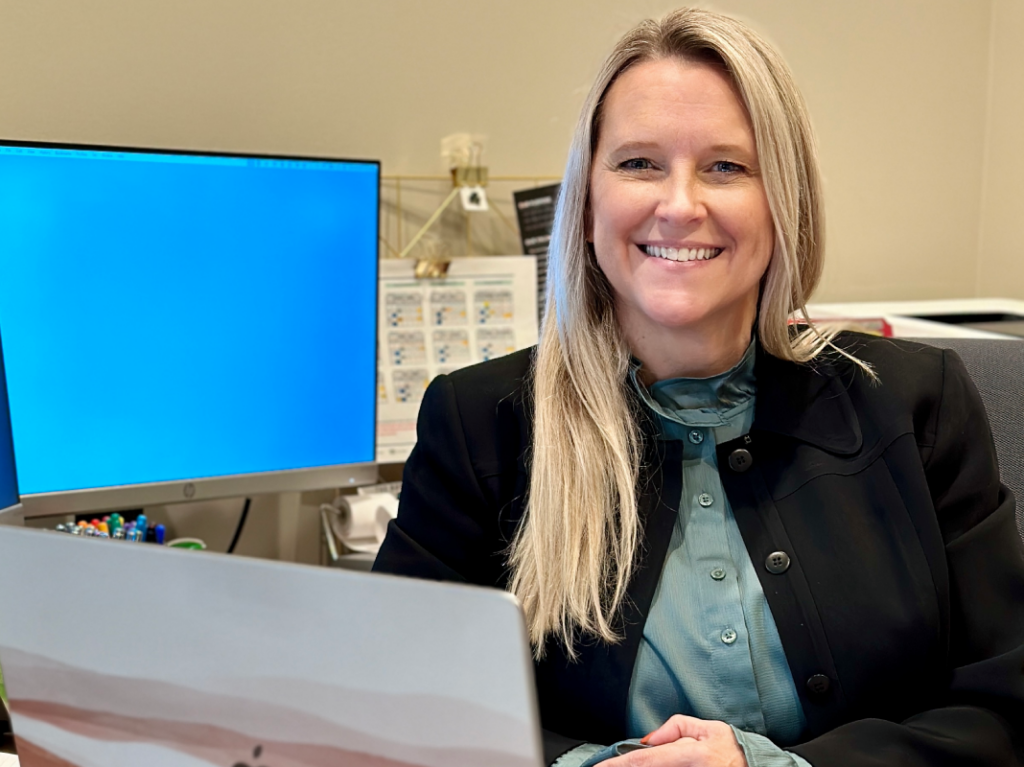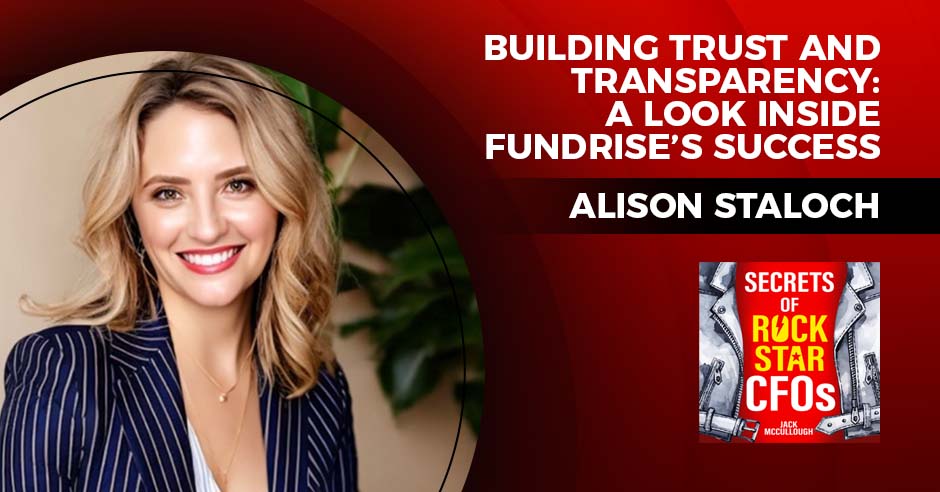
In March, Matthew Field left his position as CFO, North America at Ford Motor Co. to become the CFO of a very different kind of transportation company: Joby Aviation. A Santa Cruz, California-based startup, Joby is developing an all-electric aircraft for air taxi service.
In 2024, Joby plans to launch an aerial ridesharing service that’s bookable within an app, much like Uber and Lyft’s car ridesharing services. Field was brought on board now to help Joby go public via a special-purpose acquisition company merger. We talked with Field about how to handle the SPAC process, the importance of finding the right staff and why he’s excited about his job.
Joby is going public via a SPAC merger that is expected to close in the near future. You were hired to be in a leadership position to close out the deal—what exactly is your role?
Going public, whether through an initial public offering or a SPAC, is a team effort that requires close collaboration across multiple functions and external experts. In the case of a SPAC, coordination with the SPAC partner is key, as this public offering approach also entails elements of a merger and associated accounting. The expectations from the SEC are the same regardless of how the company becomes public, so I’ll lean into my more than two decades of experience in finance roles at a publicly listed company to build out these competencies at Joby.
That said, I’ve jumped right into understanding Joby’s business and financials, while building a network within the company. The process of developing an S-4 and introducing our business model to investors has reinforced my view that this sector offers a remarkable opportunity to revolutionize how people move by unlocking a vertical dimension to mobility in a smart and sustainable way. We’re currently awaiting our first round of feedback from the SEC, and making preparations for our first Analyst Day.
It’s a terrific group at Joby, and everyone pulled together to support the work required for the robust processes required for a SPAC, including a full audit of the last two year’s financials, deep dives on recent mergers and reviews with management. As we continue through the process, I’ll focus more on evaluating Joby’s existing financial processes to understand how best to evolve them from processes suitable for a startup to those that will meet expectations for a public company.
And as with all other finance teams presently, we’re focused on the quarter close and running underlying financial processes while also supporting the added requirements for going public. Lastly, but most importantly, I’m focused on filling key roles on the finance team to support Joby’s growth and public company requirements, including SEC reporting and Sarbanes-Oxley.
What do all CFOs need to know before going public? What advice do you have for companies considering going public via a SPAC?
There have been multiple articles publishing recently quoting the SEC that lay out the expectations for a public company with special attention on companies going public through the SPAC process. It is important to understand these expectations as well as the stages of the process, whether pursuing a traditional IPO or SPAC, as going public is a significant commitment in resources.
Ideally any company that’s considering going public will have sufficient time to take a measured approach to completing a robust external audit of financials, upgrading foundational finance processes and building robust, Sarbanes-Oxley controls. Not all companies will have these traditional multi-year work plans to support going public, so having the right mindset and approach from the finance and supporting teams is critical to doing the same level of work in a compressed period.
In addition, it’s important to provide adequate time for a SPAC partner to conduct due diligence, which will precede the de-SPAC process. Finding the right audit partners and consultants through this process is critical, especially with working remotely, as all these teams will spend a significant amount of time together on complicated issues.
Lastly, maintaining a positive “can do” attitude throughout is critical despite multiple priorities and difficult challenges. In my case, the culture at Joby has been a huge advantage in the process. We have a strong corporate culture that values working together positively to solve very difficult challenges, and that spirit has been critical to accelerating through the stages to go public without compromising on requirements. At Joby, we are dedicated to our mission, and the team has pulled together as we build people and processes with an eye to the long-term.
With a business plan to launch commercial operations in 2024, what kind of KPIs are you tracking in the near term and long term?
Joby presently is heavily in the R&D phase of development, although we’re making big strides on the manufacturing and commercialization front as well. Over time, these will become our core focus. Therefore, our present KPIs are similar to other product development and research processes: timing and deliverables, staffing and salaries, prototype and development cost, and overhead cost. These are all fairly traditional elements to track in this stage of development.
I also spend a lot of time looking ahead and evaluating readiness for the next stage of business operations—manufacturing and air operations, for example. We are building out KPIs for each of these, many of which we’ve identified as part of our business planning process. These would be recognizable to most manufacturing or services companies—staffing, throughput, quality, cost efficiency, inventory dwell time/scrap, utilization and up-time for operations.
Joby’s vertical integration presents unique opportunities for the finance team, as our KPIs will combine everything from sourcing, manufacturing, air operations and service delivery. Therefore, we look across industries for KPIs as we grow into each operating stage, including aerospace and automotive for manufacturing metrics, airlines for operational metrics and ride sharing and retail for consumer metrics.
What should CFOs of any company coming out of stealth mode be considering?
When coming out of stealth mode, CFOs should be keeping a close eye on their company’s market sector, but also the progress that has been made on their product and business model. To take full advantage of the stealth period, companies need to be able to show significant progress on product development and a credible path to market entry. And, when you do decide the right time to emerge, your goal should be to have built up enough of a head start that any competitors will find it very difficult to catch up. First mover advantages can be substantial with the right product or service, and stealth mode provides an opportunity to build sustainable momentum.
As soon as a company emerges from stealth mode, recruiting successfully is a key enabler to scaling rapidly. Finding the right people and building the finance team is the most critical responsibility for any CFO, and this is especially true when your company may not have name recognition yet. Spending time on recruiting as the CFO of a small company is challenging with so many competing priorities—however, setting up the team for future success is important.
This stage of company growth is exciting, especially when creating an all-new industry like at Joby. Consequently, I’ve found that when we find the right person, we have a disproportionate chance at attracting her or him to the company given the exciting, long-term prospects for the company and industry. Onboarding new employees cannot be overlooked in this stage as well, to preserve the benefits of the small, nimble team that supported early operations.
Maintaining strong teamwork, creative problem-solving and team cohesion as a team grows is the responsibility of the leader. Covid and remote working makes this challenging, but opens up opportunities for a more diverse footprint of employees, which can be helpful when recruiting in a hyper-competitive area like the San Francisco Bay Area.








